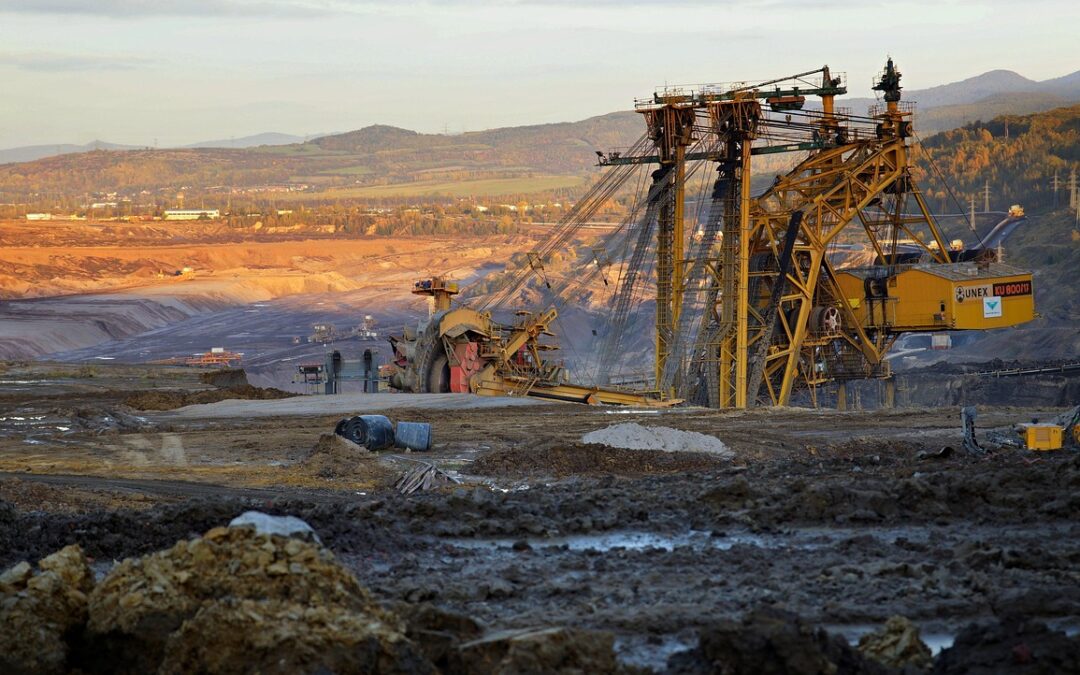Underground mining is not just about extracting valuable resources; it’s also about doing so with maximum efficiency and minimal waste. One critical measure of this efficiency is recovery rates, or the percentage of valuable material successfully extracted from the ore. By leveraging advanced techniques and technology, underground mining has become a pivotal solution for enhancing these rates. This article explores how underground mining enhances recovery rates, diving into the science, techniques, technologies, and future trends driving this essential aspect of the mining industry.
The Science Behind Underground Mining and Recovery Rates
At its core, recovery rates depend on how effectively valuable minerals are separated from waste material during mining. Underground mining operates beneath the Earth’s surface, allowing access to deeper ore bodies. This targeted approach reduces ore dilution—when waste material mixes with ore—ensuring that a higher percentage of valuable material is extracted.
Factors such as ore body composition, depth, and the chosen mining method all influence recovery rates. Understanding the unique geological conditions of each site is essential for developing strategies that maximize efficiency.
What Are the Primary Methods Used in Underground Mining to Maximize Ore Recovery?
Underground mining employs several techniques to optimize ore recovery, including:
- Cut and Fill Mining: This method involves extracting ore in layers, backfilling with waste rock or tailings, ensuring structural stability while minimizing ore loss.
- Sublevel Stoping: Ore is blasted and collected from sublevels, reducing waste material extraction.
- Room and Pillar Mining: Strategically leaves behind support pillars to prevent collapse, while maximizing ore recovery from the remaining space.
- Block Caving: A cost-effective method for extracting large ore deposits by allowing the ore to collapse under its weight for efficient removal.
Each method is selected based on factors like ore type, deposit size, and desired recovery efficiency.
How Does the Choice of Mining Technique Affect Recovery Rates?
The choice of mining technique directly impacts recovery rates. Methods like cut and fill mining and sublevel stopping are ideal for high-grade ore deposits, as they minimize dilution and maximize resource extraction. Conversely, methods such as block caving, while cost-effective, may result in lower recovery rates for certain deposits due to increased dilution.
Selecting the appropriate technique involves balancing cost, ore characteristics, and the desired recovery rate. By tailoring methods to specific deposits, mining operations can achieve optimal efficiency.
Key Technologies Driving Efficiency in Underground Operations
Advancements in technology are transforming underground mining and enhancing recovery rates:
- Automation and Robotics: Automated drilling and loading systems ensure precision, reducing human error and ore loss.
- Ore Sorting Technology: Real-time sensors separate ore from waste before processing, increasing efficiency.
- Data Analytics and AI: Predictive models analyze geological data to optimize extraction strategies.
- Hydraulic Fracturing: Improves access to ore deposits, increasing recovery rates while minimizing environmental impact.
These technologies not only boost recovery efficiency but also reduce operational costs and improve safety.
How Does Ventilation and Mine Design Impact Recovery Efficiency?
Proper ventilation and thoughtful mine design play crucial roles in recovery efficiency. Adequate ventilation ensures worker safety, reduces equipment wear, and maintains air quality, allowing for uninterrupted operations.
Innovative mine designs, such as longwall layouts or optimized stope patterns, minimize waste extraction and maximize ore recovery. These designs also allow for more efficient movement of equipment and personnel, further enhancing productivity.
Challenges in Underground Mining and Strategies for Overcoming Them
Underground mining faces several challenges that can impact recovery rates:
- Geological Uncertainty: Unpredictable ore body composition can lead to inefficiencies.
Solution: Advanced geological modeling and real-time monitoring. - Ore Dilution: Mixing waste material with ore reduces recovery efficiency.
Solution: Precision mining techniques and ore sorting technology. - Operational Costs: Underground mining is often more expensive than surface mining.
Solution: Automation and energy-efficient equipment to reduce costs.
Overcoming these challenges requires innovation, investment, and a commitment to sustainable practices.
Economic Benefits: How Higher Recovery Rates Lead to Increased Profitability
Enhanced recovery rates translate directly to higher profitability for mining companies. By extracting more valuable material from each ton of ore, operations can:
- Increase Revenue: Maximizing resource recovery ensures more product for sale.
- Reduce Waste Management Costs: Less waste means lower disposal costs.
- Improve Sustainability: Efficient resource use aligns with environmental regulations and boosts investor confidence.
For mining companies, achieving high recovery rates is both a financial and ethical imperative.

Future Trends in Underground Mining: What’s Next for Recovery Efficiency?
The future of underground mining promises even greater advancements in recovery efficiency, including:
- Carbon-Neutral Mining: Renewable energy-powered equipment will reduce environmental impact while maintaining high recovery rates.
- Deep-Sea Mining: Exploration of new frontiers for resource extraction, with technologies designed for efficiency.
- Enhanced AI Integration: Smarter systems will allow for real-time adjustments to optimize recovery.
These trends point to a future where mining operations are both highly efficient and environmentally responsible.
The Path Forward for Optimizing Recovery Rates in Underground Mining
As the demand for resources grows, underground mining will continue to play a pivotal role in meeting global needs. By prioritizing high recovery rates, adopting cutting-edge technology, and addressing operational challenges, the industry can unlock new levels of efficiency. The key lies in innovation, sustainability, and a commitment to maximizing value while minimizing environmental impact.

